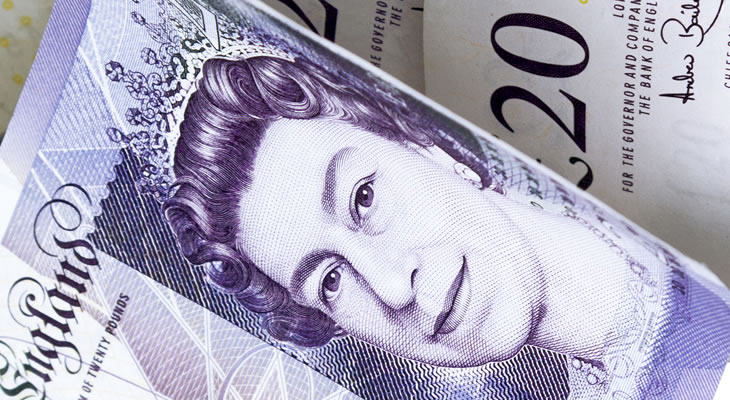Demand for the Euro improved slightly on Wednesday afternoon, so the Euro to Pound exchange rate edged back towards the week’s highs.
This was partially due to ECB President Mario Draghi’s Wednesday speech. While Draghi did not comment on German Chancellor Merkel’s hawkish statement from earlier in the week, he was optimistic that the Eurozone’s recovery was increasingly solid.
The Pound outlook is likely to be shifted by Thursday’s UK Gross Domestic Product (GDP) results.
[Published 10:04 BST 24/05/2017]
While the Euro performed strongly earlier in the week, the Euro Pound exchange rate has slipped back from its highs since Tuesday as UK political concerns lighten.
EUR GBP briefly jumped to a monthly high of 0.8673 on Tuesday morning but now trends closer to the week’s opening levels, at 0.8610.
Eurozone sentiment has improved consistently in recent weeks. The shared currency’s rallies have started to ease though, as investors await more evidence that the currency bloc’s economic situation is improving.
On Monday, the shared currency was boosted by news that German Chancellor Angela Merkel had called the Euro ‘too weak’ due to the European Central Bank’s (ECB) ultra-loose monetary policy.
This hawkish statement was seen as an invitation to buy the Euro up and also sparked market speculation that ECB President Mario Draghi may respond to Merkel in a speech this week.
Draghi is due to speak on Wednesday. If he happens to agree with Merkel, the Euro will strengthen and EUR GBP will advance once more.
On the other hand, he may defend the ECB’s decisions and hint that policy will be in place for a long time to come, which would weaken EUR. Lastly, he could simply pass over her comments, which would not have much effect on Euro trade.
Eurozone PMIs are looking strong according to this week’s projections from Markit.
Germany’s key manufacturing private sector looks to improve to 59.4 despite being forecast to slip from 58.2 to 58. Services slipped slightly but overall the composite PMI for Germany could beat expectations in May.
This, as well as strong PMI projections from France, helped the PMIs for the overall Eurozone bloc perform strongly too. The Eurozone’s composite PMI looks on track to hold at 56.8 rather than dropping to 56.6.
The Pound, on the other hand, has not been supported by any domestic data this week. Sterling’s long-term outlook has been fogged by concerns that Britain’s economy will slow later in the year as well as sudden rising uncertainty about the UK general election.
This week has seen UK Prime Minister Theresa May’s Conservative party shed half of its 20 point-lead against the Labour party in polling. Some pollsters put the Conservatives just 9 points ahead.
However, this is still a considerable advantage for the Tories and as a result Sterling’s political jitters cooled slightly on Tuesday evening and Wednesday.
Sterling’s trade outlook is more likely to be influenced by data on Thursday, when Britain’s second Q1 Gross Domestic Product (GDP) projection will be published.
Analysts expect it to come in at around 0.3% quarter-on-quarter and 2.1% year-on-year.
Thursday will also see the publication of Britain’s April mortgage approvals stats from BBA, and preliminary Q1 business investment data.
Eurozone data, on the other hand, will be quieter towards the end of the week. If Draghi fails to impress investors in his Wednesday speech, EUR GBP optimism is likely to weaken slightly and the pair could shed most of this week’s gains.
At the time of writing this article, the Euro to Pound exchange rate trended in the region of 0.8600. The Pound to Euro exchange rate traded at around 1.1620.


Comments are closed.